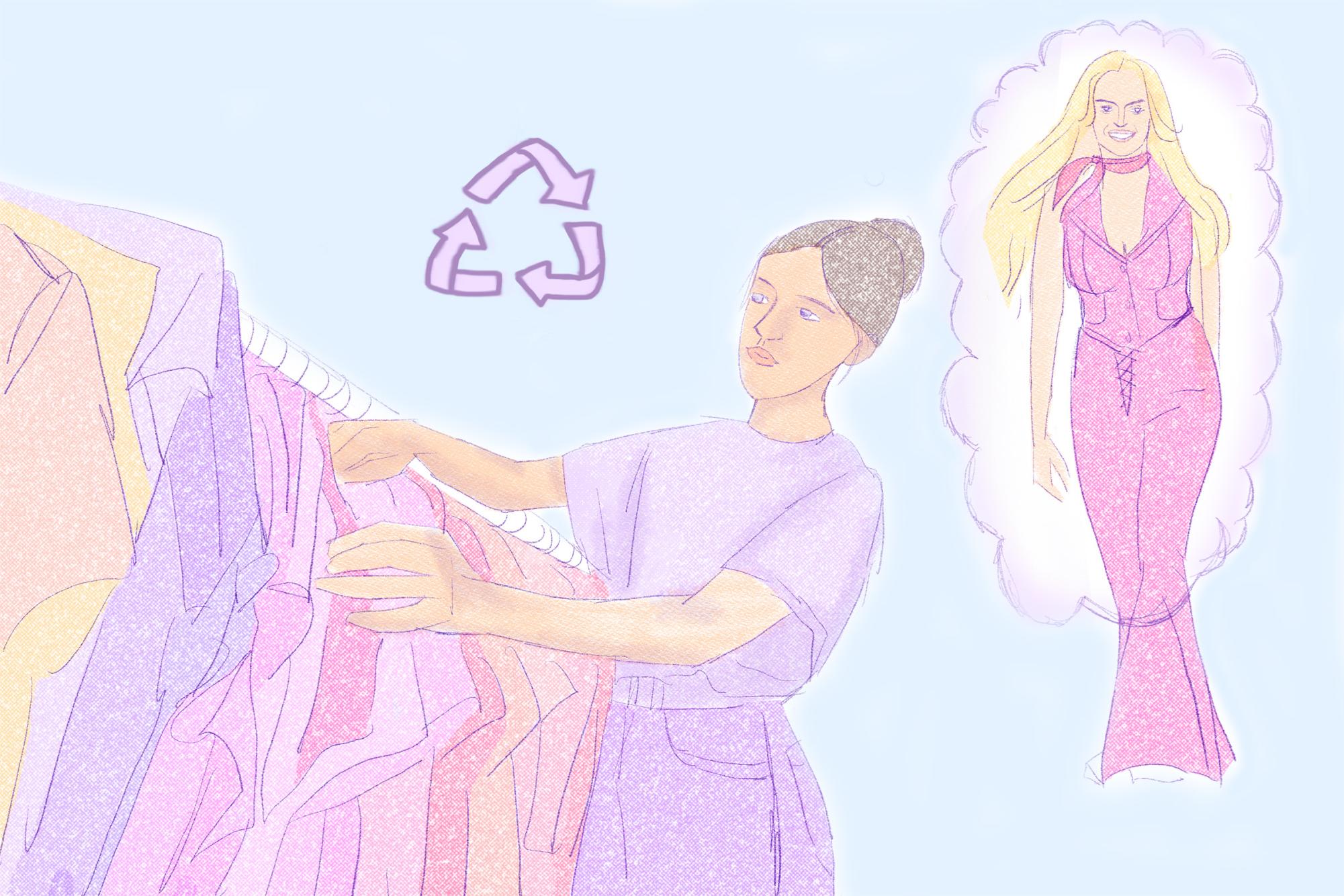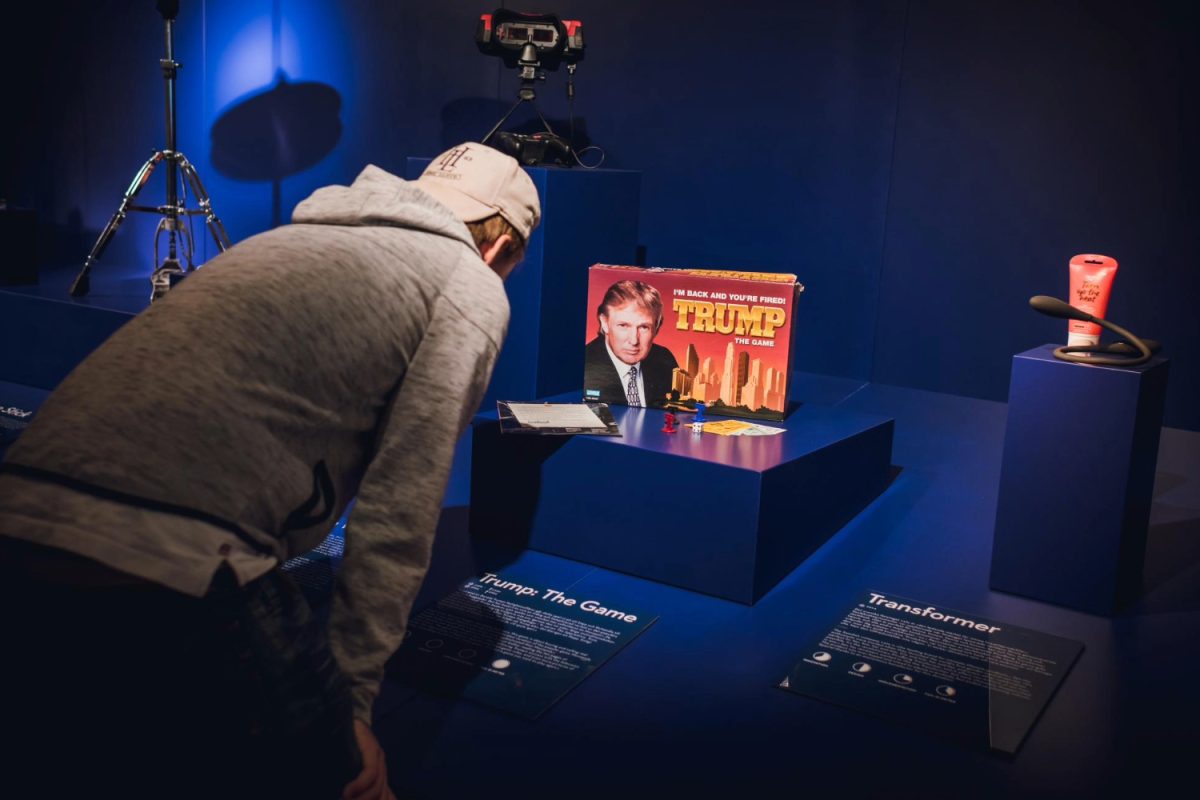From endless candy to elaborate decorations and creative costumes, Halloween has become a sensational holiday celebrated by millions around the world. As enjoyable as the spooky season can be, it’s not all sweet as it also leads to a tradition of unsustainable spending.
Costumes account for a significant portion of the waste that haunts Halloween celebrations. According to the National Retail Federation (NRF), 69% of participators plan to buy costumes this year, with total costume spending projected to hit $4.1 billion in the United States alone.
While finding the perfect costume might seem to be a pressing and exciting task, it’s also important to consider the escalating environmental costs.
According to a 2019 study conducted by Hubbub and Fairyland Trust, Halloween costumes generate about 2,000 tons of plastic waste every year, which is largely attributed to the fact that 83% of them are made using oil-based materials such as polyester.
“There’s so much about Halloween that’s just awful, extreme consumption. These costumes are only meant to be worn for one day, and what happens to it afterward? It gets chucked. And where is it going to go? The landfill. It’s so sad, and we can’t afford that to happen,” said Wati Grossman, a former fashion designer and the creator of Circle Ahead, a Palo Alto-based sustainable fashion magazine.
Upon recognizing the wasteful nature of Halloween, Grossman reflects on the mindfulness and resourcefulness involved in choosing more cost-effective and eco-friendly alternatives.
“There should be no stigma around wanting to be more thorough about how we source something as opposed to just being so ready to pull out our wallets,” Grossman said. “Goodwill is great, but borrowing from friends and family and tapping into your community is even better.”
Rather than turning to fast fashion and giving in to the culture of consumption, a few students have also taken it upon themselves to choose sustainable options for their Halloween costumes this year.
Lily Stutzin, a sophomore at Carlmont, plans on utilizing their sewing skills and paper to create their Star Wars Jawa costume.
“I’ve bought clothes online in the past, but I immediately regretted it because the quality was really bad. Now I just reuse old clothes or make my own costumes,” Stutzin said.
While not everyone has the time or ability to create their costume from scratch, thrifting is always an option. Jasmine Randhawa, a senior at Carlmont, based her Halloween costume specifically on something she could thrift and reuse in the future: dress pants, a suit or collared shirt, and a tie.
“I think it’s really important to be more selective with what character you choose to be for Halloween,” Randhawa said. “Dressing up as a character whose costume could also work for other occasions is a much better option than something that can only be worn on Halloween.”
It’s important to consider thrifting, upcycling, and borrowing as sustainable alternatives that don’t take away from the fun of Halloween.













